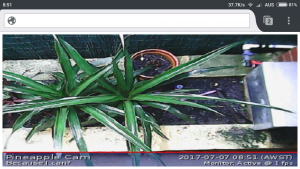 I decided to plant some pineapples a while back, because who doesn’t like pineapple? I only told a few people about this endeavour but one of those was particularly interested and wouldn’t be around to see them grow and fruit. I suggested that I could make a pineapple cam to monitor their growth from anywhere and soon became busy with work, my studies and an overseas exchange program. I was recently reminded of this fact and so this quick-turn project began. Continue Reading
I decided to plant some pineapples a while back, because who doesn’t like pineapple? I only told a few people about this endeavour but one of those was particularly interested and wouldn’t be around to see them grow and fruit. I suggested that I could make a pineapple cam to monitor their growth from anywhere and soon became busy with work, my studies and an overseas exchange program. I was recently reminded of this fact and so this quick-turn project began. Continue Reading
Personal Projects

Recently I attended a toastmasters meeting where speeches are timed and the speaker is shown a green, yellow, red or no light to indicate the usage of their allotted time. It may be obvious by now that I thought I could improve on the timing methods being used. The catch was, I didn’t tell anyone that I was going to build this system. Continue Reading
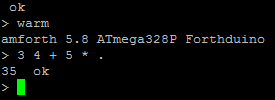 I knew that sooner or later I was going to be learning Forth so I thought I would be proactive and set up one of my micro controllers with AmForth as a development system. Forth is a very low level, stack based, language which is also very versatile and fast (due to being so close to the actual hardware). For the Arduino Uno shortcut Continue Reading
I knew that sooner or later I was going to be learning Forth so I thought I would be proactive and set up one of my micro controllers with AmForth as a development system. Forth is a very low level, stack based, language which is also very versatile and fast (due to being so close to the actual hardware). For the Arduino Uno shortcut Continue Reading
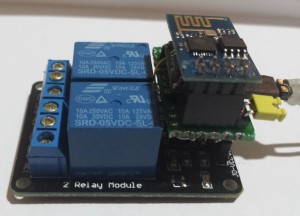 ESP8266 modules have made wireless connectivity a cheap and easy way of remote controlling almost any device. I thought I’d see how cheaply this could be done with the most basic version, the ESP-01.
ESP8266 modules have made wireless connectivity a cheap and easy way of remote controlling almost any device. I thought I’d see how cheaply this could be done with the most basic version, the ESP-01.
With this implementation the web interface’s background colour of each relay is automatically updated to indicate its status, this page is also refreshed periodically in case of multiple users.
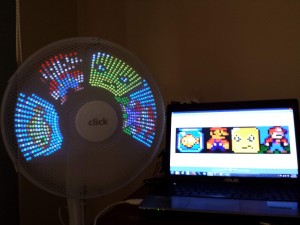 Warning: Incomplete write-up.
Warning: Incomplete write-up.
Server Side:
Image –> Resize to 16px height –> Determine Pixel Red, Green and Blue components –> Compensate, arrange and bit-shift values to a byte string of 12 bit PWM (Pulse Width Modulation) values.
Micro-controller:
Use hall effect sensor for positioning –> Display RGB PWM image using internal microcontroller timers and serial communication.
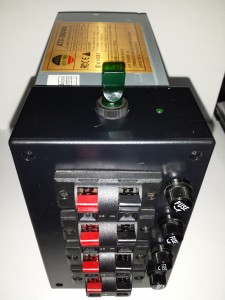 Need a cheap high current power supply?
Need a cheap high current power supply?
Use an old (or new since they can be pretty cheap) computer power supply as a bench top power supply rated for | 17A @ 12V || 38A @ 5V || 28A @ 3.3V || 0.5A @ -12V |
To turn an ATX power supply on, look for a thin green wire on the main connector, if you short this wire to ground (black) it will turn the power supply on until you remove the short. The power supply should identify the voltage and current rating of each coloured wire as the one I used does, but if not then the voltages should just a multimeter away and the current ratings should be readily available if you look up the relevant power supply’s specifications.